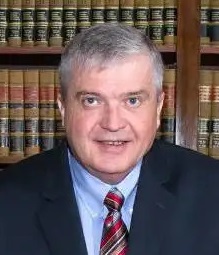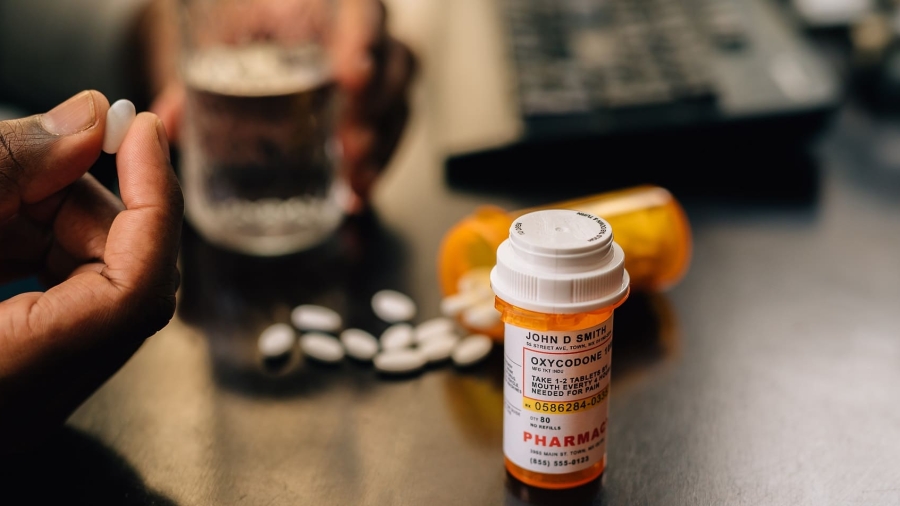Some people don’t always understand the difference between a legal definition and its use in layman’s terms. The word “narcotic” is a great example. Most people associate narcotics with illegal narcotics such as heroin or opium. Many believe it refers to any chemical that can make the pain or the senses disappear.
It’s always crucial to ensure that people understand the charges they’re facing and that those involved in the sentencing process are using the phrases accurately. In some cases, it is lawful to possess narcotics. Therefore simply keeping them is not always a crime. How you obtained the drug and the particular narcotic in your possession will impact how your case is handled.
When defending yourself or trying to persuade a jury at trial, misunderstanding the vocabulary used to argue your case can make all the difference. If you are in legal trouble with narcotics, consult a criminal defense attorney, David E. Stanley. He’ll give you the best advice in any criminal case, including the possession of narcotics.
Need a Criminal Defense Attorney?
Call David E. Stanley Now at 225-926-0200
Table of Contents
Toggle6 Misconceptions About Narcotics
1. The Correct Definition of Narcotics
Opioids and their derivatives are referred to as narcotics. As a result, narcotics can refer to illegal substances like heroin and medically prescribed medications like hydrocodone or morphine.
2. Not All Narcotics are Prohibited
If you’re accused of carrying narcotics, don’t automatically assume that what you possessed was prohibited. Instead, the charge states that you owned an opioid during your arrest.
Because not all narcotics are banned, it’s vital to understand that the charges you’re facing could be for illegally possessing a legitimate drug or be wholly false. For example, if you had a prescription for seven pills of hydrocodone, but your bottle included 14, you could be arrested for possession. Why? Based on your prescription, you have more than you are legally authorized. Selling legal narcotics might also potentially result in charges.

3. Overdose Deaths Have Increased Four Times
The use and misuse of opioid pain medicines since the 90s has rapidly increased due to a pattern of over-prescribing these medications. Opioid abuse has increased dramatically across the country and demographic lines.
Pain medicines were harder to obtain and more expensive when authorities clamped down on “pill mills” and “doctor shopping” across the country. As a result, many switched to heroin, which was less expensive and more readily available. This trend was reflected in the sharp increase in opioid overdose deaths across the United States, which nearly quadrupled between 1999 and 2014.
4. Only Illegal Substances Can Cause an Overdose is a Myth
The media’s sensationalism of celebrity deaths and relapses may be the basis of this myth, reinforcing the shameful societal stigma associated with addiction. However, both prescribed and illicit opioids were involved in 400,000 of the 700,000 drug overdose deaths (CDC). In addition, cross-contamination of illegal and prescription pharmaceuticals is also a common cause of overdose deaths.
Since the 1990s, overdose deaths from opioids have been on the rise in the United States, beginning with the misuse of prescription drugs.
Methadone, oxycodone, and hydrocodone were the most often abused opioid drugs. In addition, the use of heroin increased in 2010. Finally, in 2013, the usage of synthetic opioids such as fentanyl overtook heroin as the most common form of opioid addiction.
5. The Difference between Misuse and Abuse
You might not understand the distinction between “substance misuse” and “substance abuse” because there isn’t one. It’s only a question of semantics. According to the Surgeon General’s report on alcohol, drugs, and health, only about 10% of persons who require substance misuse treatment in the United States obtain it in any given year. One reason is the continuing social stigma associated with alcoholism and addiction.
As a result, professional treatment providers are increasingly using “substance misuse” instead of “substance abuse” because it appears to be less stigmatizing.
6. Medical Treatments Are Not a Replacement for Addiction Treatment
One long-held myth concerning pharmacological treatments to help persons with alcohol and substance use disorders is that treating craving and withdrawal with pharmaceuticals is equivalent to swapping one addiction for another.
Scientific studies have found that using methadone and buprenorphine to control opioid craving and withdrawal reduces substance misuse, the risk of relapse and overdose, criminal behavior, the transmission of infectious diseases, and helps addicts reclaim a healthy and functional lifestyle.
The belief held by many abstinence-based treatment programs using these drugs involves swapping one addiction for another is scientifically incorrect. Unfortunately, this has severely curtailed their use by those who could benefit from them. In addition, how methadone and buprenorphine can be prescribed and delivered has restricted their availability.
Frequently Asked Questions:
What Qualifies a Drug to be a Narcotic?
A drug qualifies as a narcotic when the pain reliever treats moderate to severe pain. Narcotics are no different than opiates like morphine and codeine but aren’t derived from opium. Instead, they link to opioid receptors in the brain and spinal cord.
Why Do People Take Narcotics?
People take narcotics because these prescription opioids commonly treat moderate to severe pain. Opioids can make some people feel relaxed, cheerful, or “high” in addition to treating pain and can be addictive.
Why Are Opioids Highly Addictive?
Opioids are highly addictive because they engage the brain’s powerful reward centers. In addition, endorphins, the brain’s feel-good neurotransmitters, are released when you take opioids. Endorphins reduce pain perception and increase pleasure emotions, resulting in a brief but profound sense of well-being.

Consult With A Reliable Attorney Today
David E. Stanley is a criminal defense attorney dedicated to working closely with each client to swiftly and effectively handle their legal issues so they can return to their regular activities. In every case, his goal is to deliver exceptional customer service and achieve the maximum degree of client satisfaction.
Looking for a Criminal Defense Attorney?
Contact David E. Stanley at 225-926-0200 Now!
David E. Stanley, APLC
1055 Laurel Street Suite 2
Baton Rouge, LA 70802
225-926-0200

David Stanley is the founder and principal of David E. Stanley APLC. Since 1983, Mr. Stanley has successfully practiced law from his office in Baton Rouge, Louisiana.



